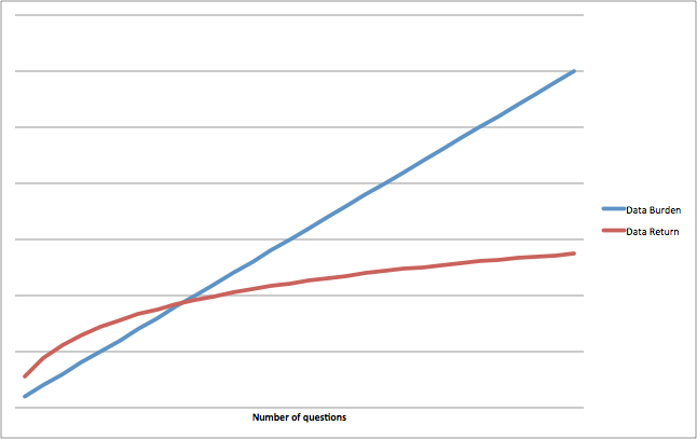3 Design & Acquire
This chapter is in draft stage.
Any information that doesn’t not inform or change an decision is worthless.
– Sam L. Savage
- many illustrations start with “data collection” but this should not be the first step
- secondary data review vs primary data
- formulating the questions that need answering.
- create a data analysis plan
- common data sources
- CODs
- methods - KI. FGD
- sampling
- minimal viable information
3.1 Before you start collecting data.
.stop and think. IM guidances sometimes present IM task in a linear fashion that starts with data collection. This is problematic. Good analysis requires us to first start with an articulation of what are the overarching questions that need answering and what decisions will be informed by this evidence.
The next step is to take stock of existing data and to develop an analysis plan linking your information needs to you existing data and/or any potential future data collection exercises.
Collection of data has costs - it costs time, it has HR costs, it has financial costs. It is important to understand these costs and viewing them in relation to the value it provides to your decision making. Similarly, when developing surveys, adding questions are no without cost, as for each question that is added, there is a cognitive cost(more questions = higher likelihood of mistakes), a time cost (longer surveys take longer to do) and a quality cost (cleaning and data checks are more difficult on larger datasets). Understand that 80% of the value of your survey will come from 20% of your survey. As you add additional questions to your survey, the value they add to your decision-making diminishes. 1

3.2 Methodologies
- KI
- FGD
- Observations
- Non traditional sources
- Representativeness
3.2.1 Sampling
.
This is called the Pareto Principle. A good post on Minimal Viable Information can be found here↩︎
